
The Warning to People Who Regularly Walk Around Their Homes Barefoot
The Warning to People Who Regularly Walk Around Their Homes Barefoot
If you love walking around your home barefoot, it's worth knowing that this habit comes with both benefits and risks. While it might feel comfortable, doctors and health experts have some important insights about the impact of going shoeless.
The Surprising Benefits of Going Barefoot
According to Dr. Conenello, a podiatrist, walking barefoot is a great way to strengthen the muscles in your feet. He argues that wearing shoes constantly can weaken these muscles over time, which can eventually affect your balance, posture, and overall mobility. Going barefoot allows your foot muscles to engage naturally, helping them stay strong as you age.
Dr. Hannah Kopelman, a dermatologist, also notes the benefits for skin health. She says that walking barefoot at home allows your skin to breathe, which helps reduce moisture buildup and lowers the risk of fungal infections like athlete's foot. It can also stimulate sensory receptors in your feet, providing a grounding and relaxing sensation.
The Risks You Should Know About
Despite the benefits, walking barefoot isn't for everyone. It can be particularly risky for people with certain health conditions:
-
Diabetes or Poor Circulation: For these individuals, even a minor foot injury could lead to a serious health problem.
-
Sensitive Skin: People with conditions like dermatitis or eczema may expose their skin to irritants on the floor.
-
Existing Foot or Joint Problems: If you have conditions like plantar fasciitis, walking on hard surfaces without support can cause foot fatigue and worsen your pain.
Both doctors warn that walking barefoot on hard floors for extended periods can place excessive stress on your joints.
How to Stay Safe While Going Barefoot
If you enjoy going barefoot, there are simple ways to minimize the risks:
-
Practice Good Hygiene: Wash your feet frequently and dry them thoroughly, especially between your toes, to prevent fungal infections.
-
Moisturize: Regularly moisturize your feet to avoid dry or cracked skin.
-
Consider an Alternative: If you have health concerns or pre-existing foot pain, consider wearing supportive socks or indoor slippers. Socks can act as a buffer, reducing the impact on your joints while still allowing for some natural movement.
Ultimately, it’s about finding the right balance between comfort, health, and safety for your feet. For many, going barefoot at home can be a beneficial habit as long as you maintain proper hygiene and listen to your body.
News in the same category


Eat this #1 meal to help unclog your arteries naturally

Canker Sores Are The Absolute WO:RST…Here’s How To Get Rid of Them Fast!

Cloves: 10 Health Benefits of Eating 2 Daily

How to Spot the Early Warning Signs of Cancer Growing in Your Body
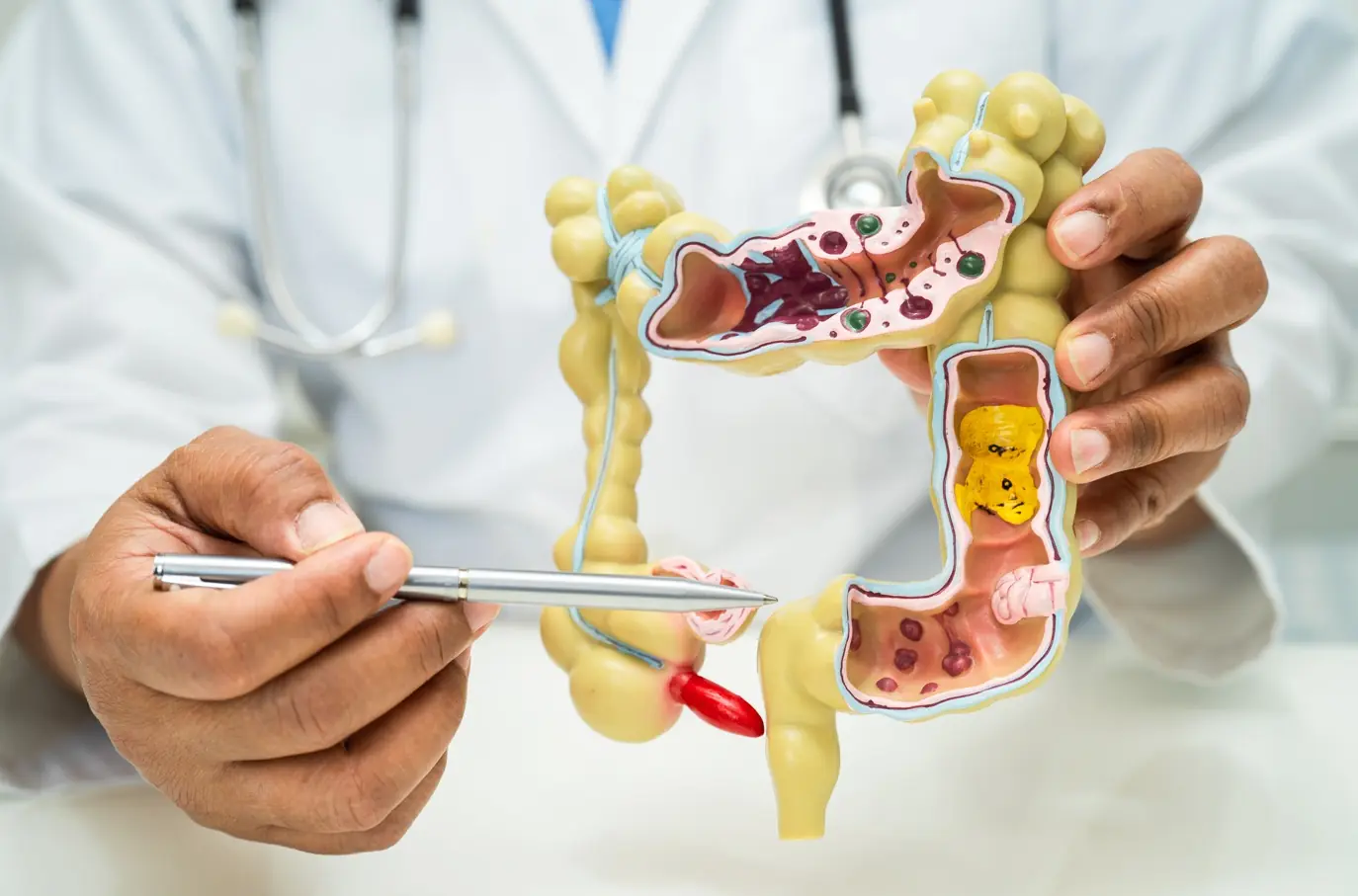
New Research Finds 40-50% of Colon Cancer Cases Can Be Prevented by Doing These Simple Things
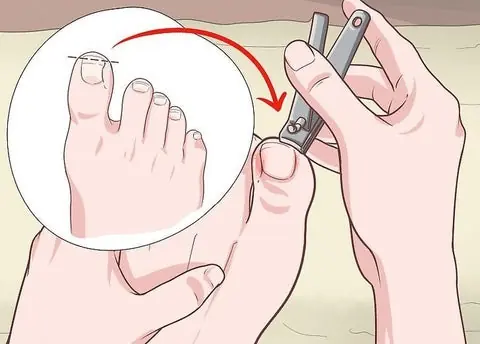
The Simple Trick to Get Rid of Ingrown Toenails Fast—You’ll Wish You Knew Sooner!

Statins warning: new research confirms these harmful side effects

5 Herbs Your Liver Wished You’d Start Eating More Often (Or At Least Try!)

If cancer is present, 3 key symptoms often appear in the morning

Foods That Add Inches to Your Waistline
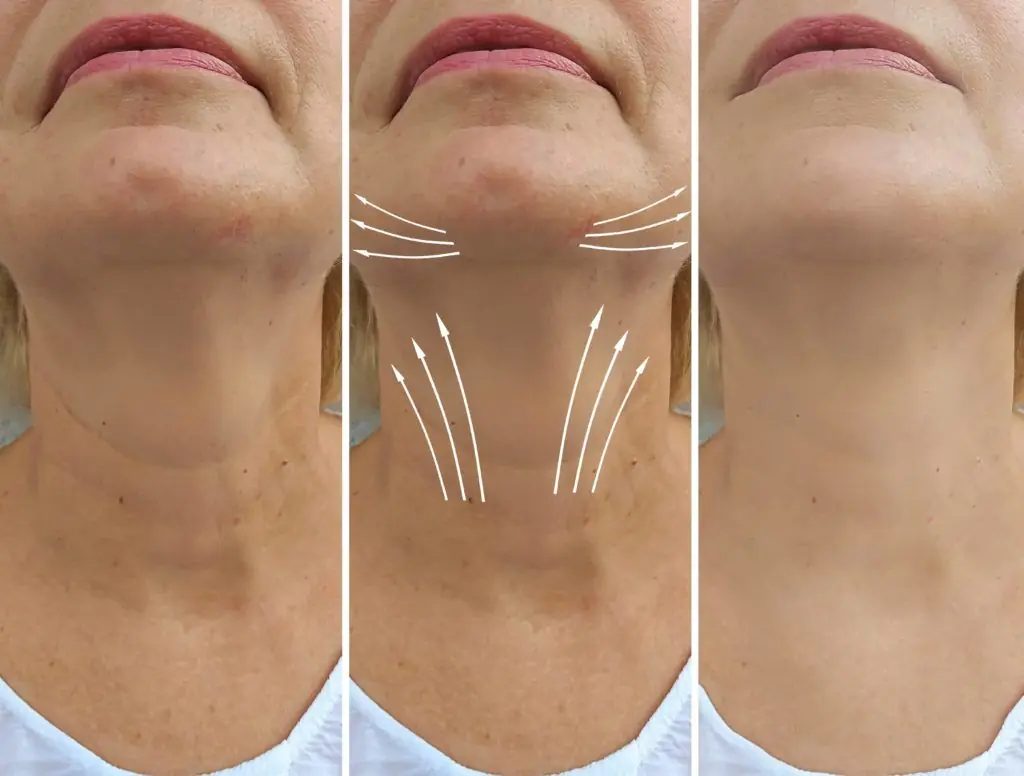
Why the Neck Sags with Age: Causes, Solutions, and Prevention Tips
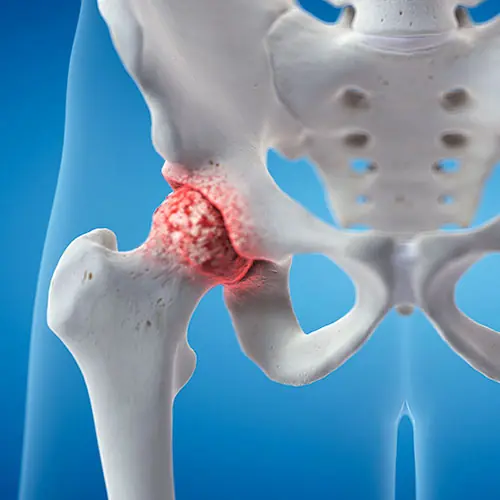
Top 3 Vitamins for Hip Arthritis

Anyone Who Wants to Avoid Having a Stroke Needs to Start Eating these 15 Foods Immediately
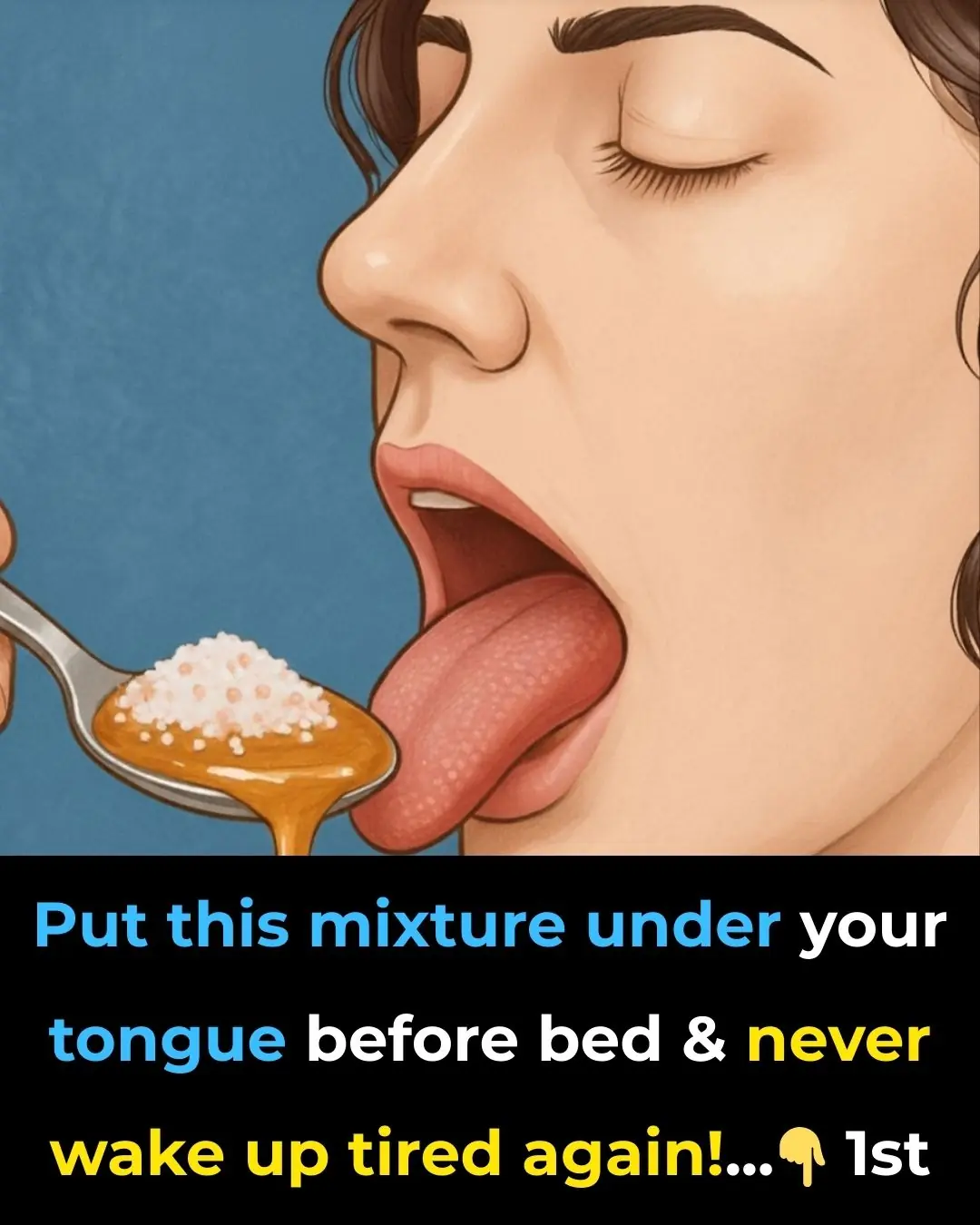
Put THIS Mixture Under Your Tongue Before Bed And NEVER Wake Up Tired Again!

Shocking Study: Popular Birth Control Linked to Higher Brain Tumor Risk in Women
While meningiomas remain uncommon, this research suggests that some forms of hormonal contraception — particularly long-term injectable Depo-Provera — may raise the risk more than previously understood.

4 Things You Should Never Say to Someone with ADHD (And Better Alternatives)
ADHD is often misunderstood, leading many people to make comments that, while well-intentioned, may actually cause harm. Knowing what not to say—and what to say instead—can make your conversations more empathetic, supportive, and genuinely helpful fo

Silent Danger: How Stalking Secretly Raises Women’s Risk of Heart Attack and Stroke
Being stalked is not just an emotional burden—it can leave a lasting mark on the body. A new study reveals that women who have been stalked face a sharply higher risk of heart attack, stroke, and long-term heart disease, proving that trauma isn’t onl

Breakthrough study shows lithium can ‘reverse’ Alzheimer’s damage even in advanced stages
News Post

Save this valuable remedy that helps de:toxify and can save the life of someone bitten by a ra:bid d:og or snake in just 1 minute.

The method to drive away an entire rat colony using just a handful of rice, without the need for harmful poisons.
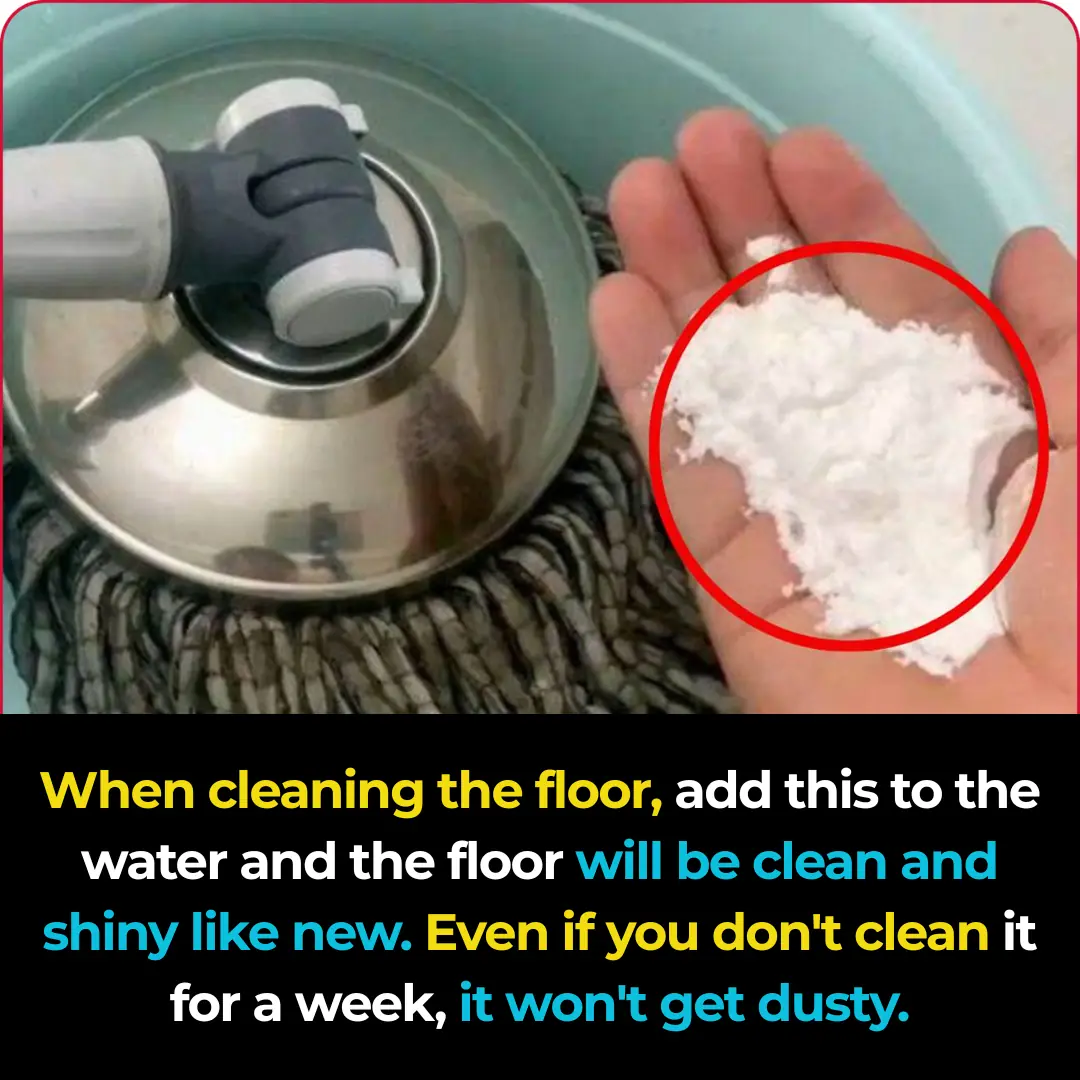
Clean your house with this simple trick using water, and the house will be as clean as new, with no dust sticking, even if you don't clean it for a whole week.

Simple Homemade Cough Syrup Removes Phlegm From The Lungs

Eat this #1 meal to help unclog your arteries naturally

Canker Sores Are The Absolute WO:RST…Here’s How To Get Rid of Them Fast!
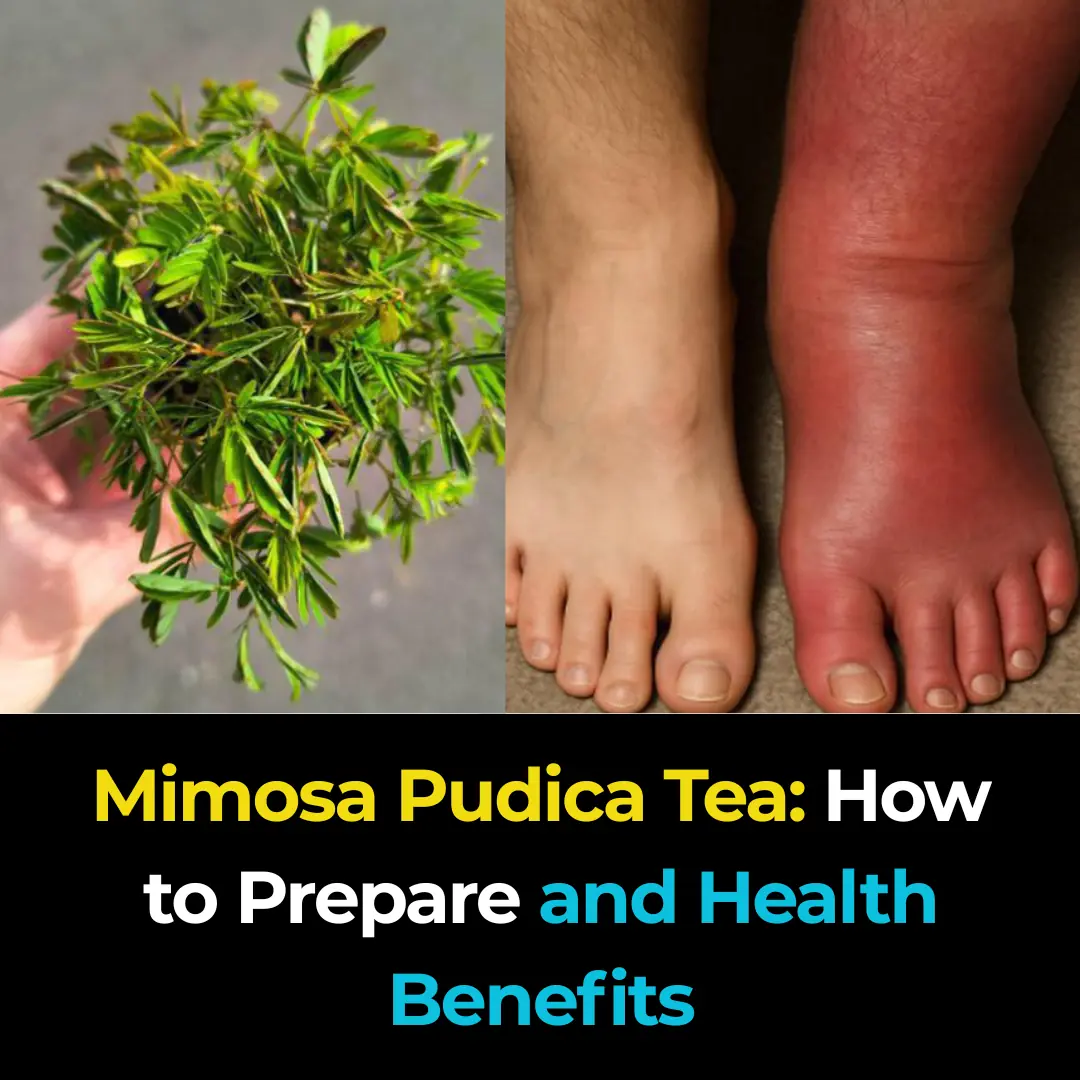
Mimosa Pudica Tea: How to Prepare and Health Benefits

7 Benefits and Uses of Ageratum conyzoides
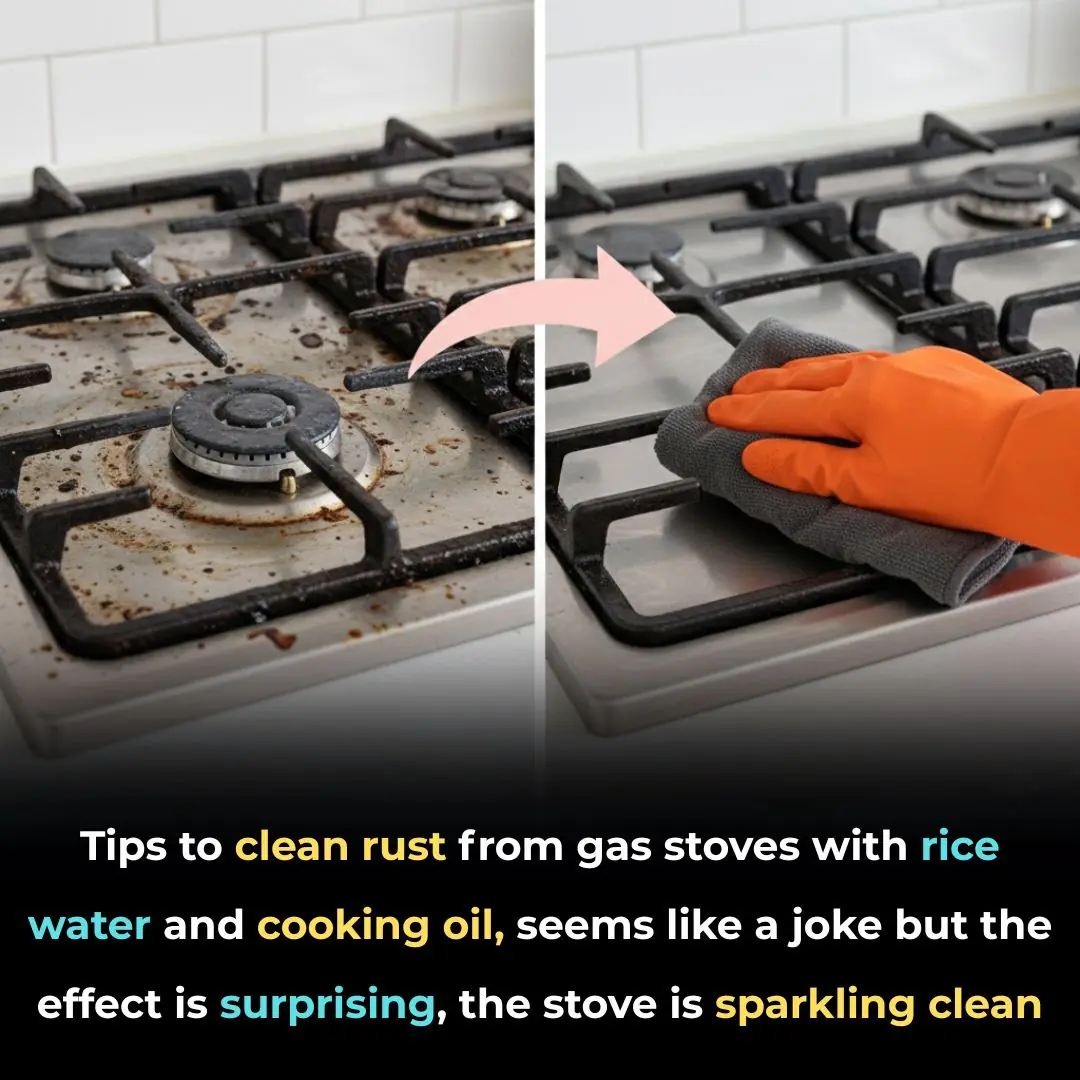
Tips to clean rust from gas stoves with rice water and cooking oil, seems like a joke but the effect is surprising, the stove is sparkling clean
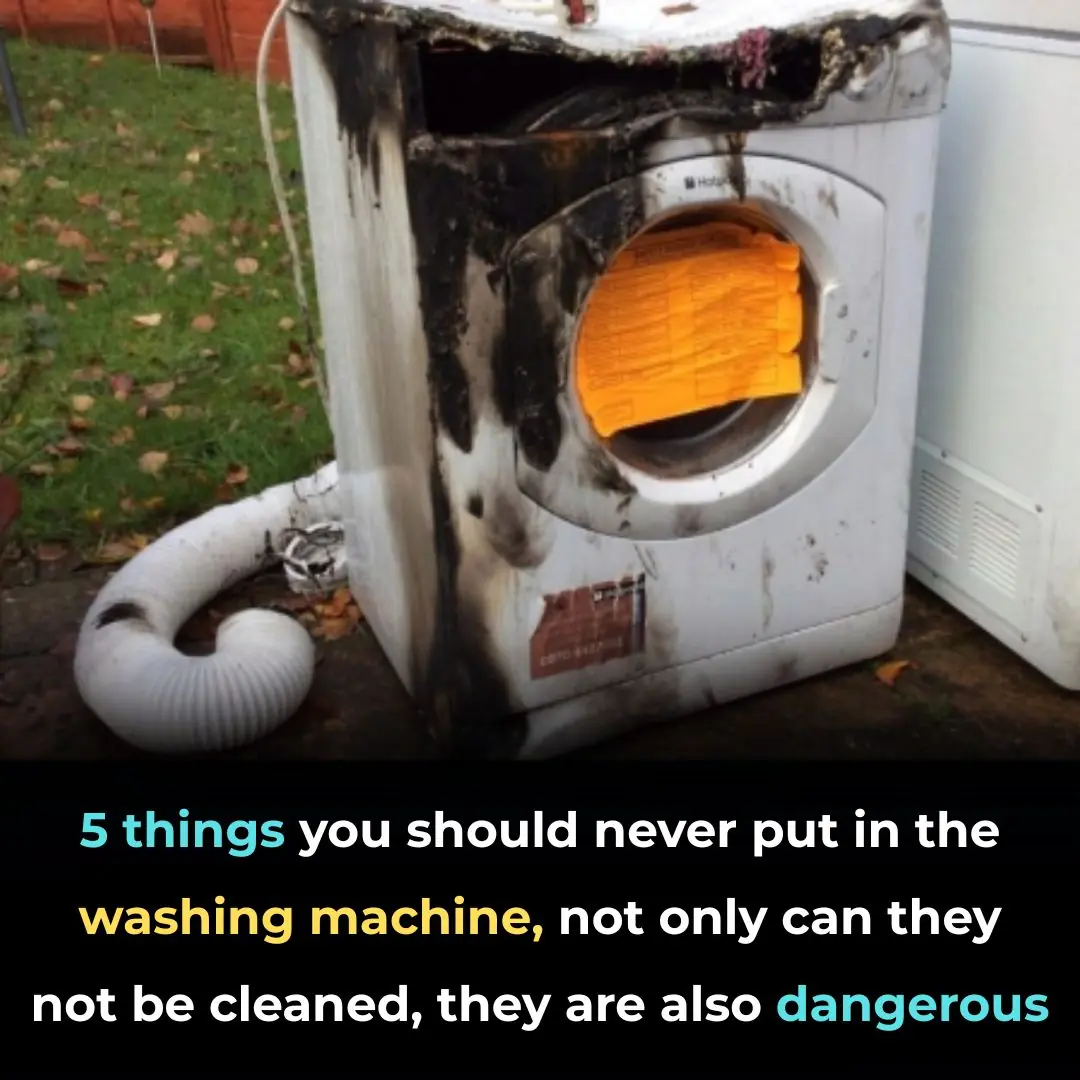
5 things you should never put in the washing machine, not only can they not be cleaned, they are also dangerous

The small round hole at the end of the nail clipper is useful
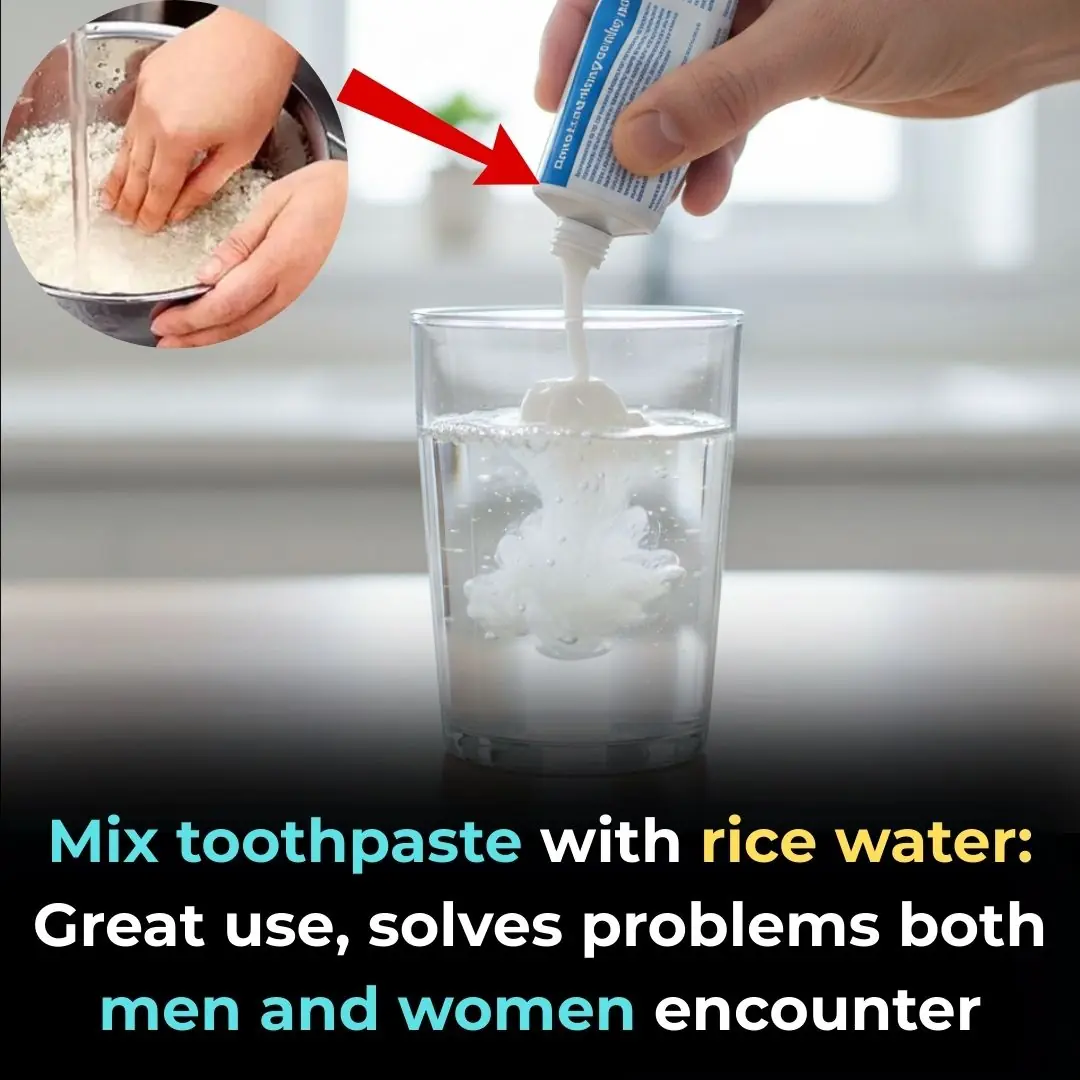
Mix toothpaste with rice water: Great use, solves problems both men and women encounter

Eating green bananas this way is very good for your health

Unexpectedly reduce electricity bill with the trick of putting tissue paper in the refrigerator - Anyone can do it
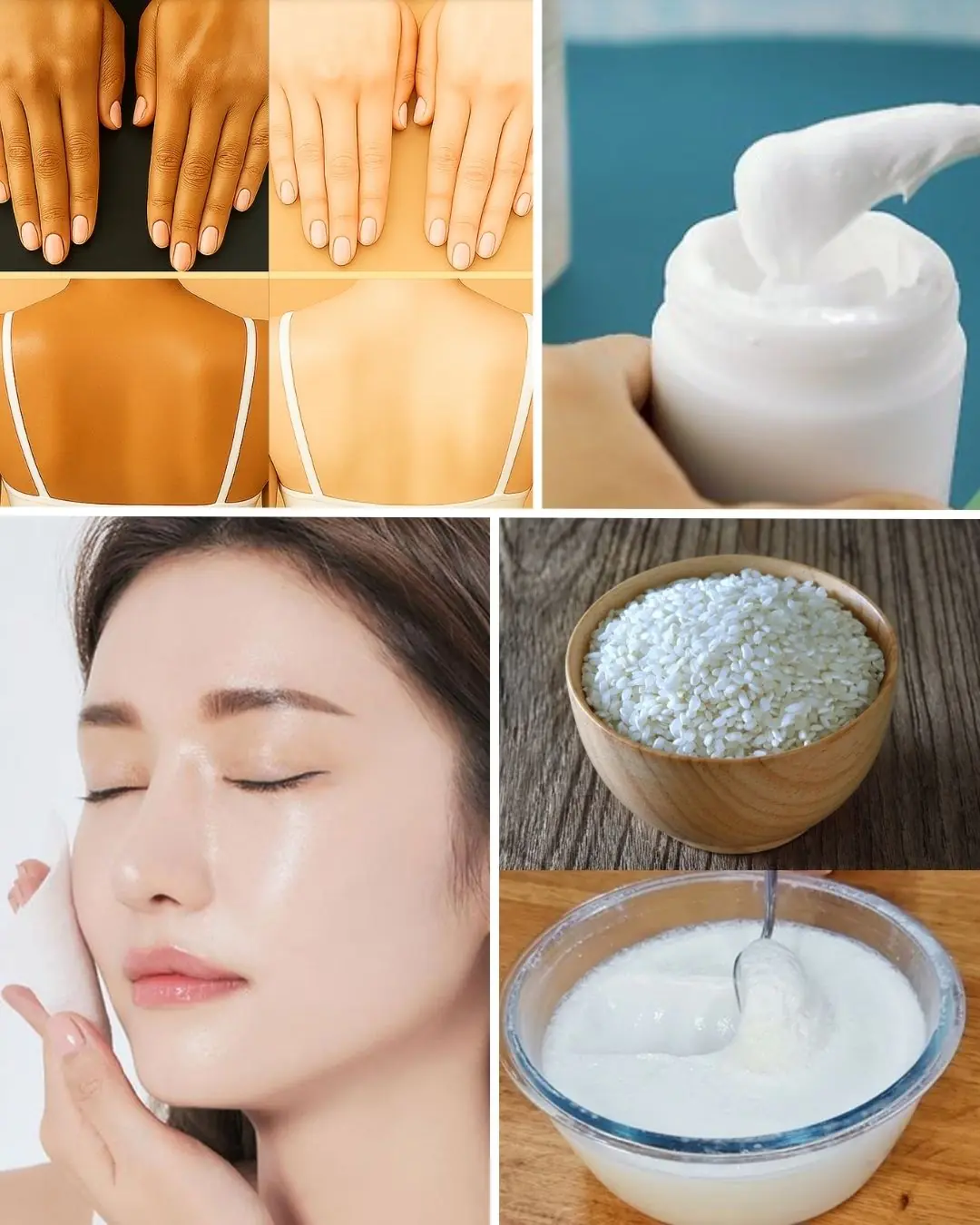
10 Shades of Japanese Whitening Secrets: Rice-Based Beauty Formula for Wrinkle-Free, Spotless Skin
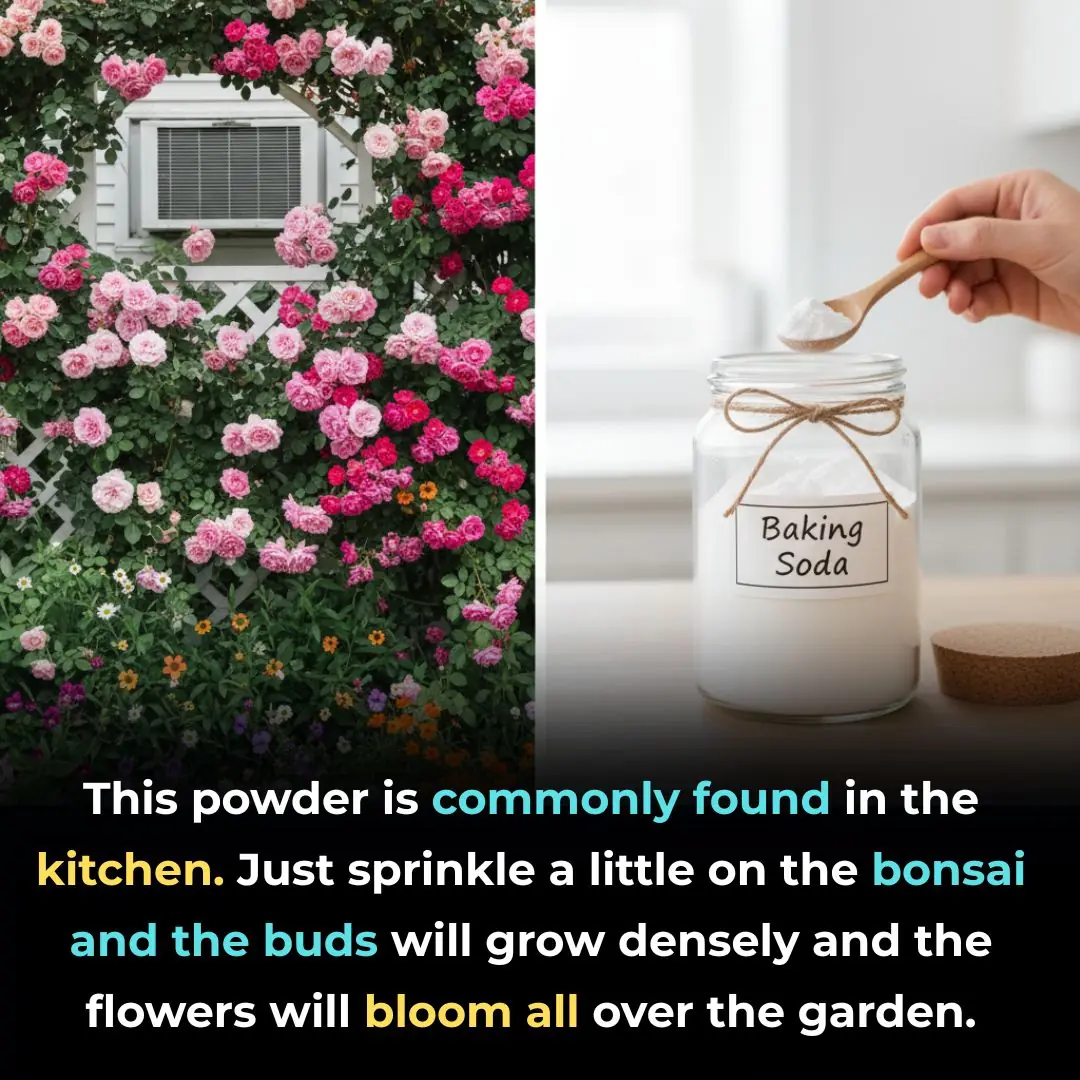
This type of powder is often found in the kitchen. Just sprinkle a little on ornamental plants, the buds will be dense, and the flowers will fill the garden

Don’t Boil Eggs Directly In Water — Here’s How FIVE-STAR Hotels Cook Their Eggs!

When someone in the family passes away, you should know that you should not keep these 4 relics for your children and grandchildren.

3 mistakes when using plastic wrap that can cause cancer that many people make
